Stop Ruining Your Blankets: A Common-Sense Guide to Storing Them Right
We all have them. That pile of blankets on the armchair, the comforter spilling out of the closet, the throw you love that’s seen better days. Blankets are part of our home’s comfort system, but let’s be honest, they often become clutter. The typical advice to just ‘buy a basket’ barely scratches the surface.
In this article
- Why What It’s Made Of Is Everything
- Prep Work: The Most Important Step You’re Probably Skipping
- Everyday Storage: Solutions for the Blankets You Actually Use
- Long-Term Storage: Protecting Your Blankets Through the Seasons
- Quick-Fixes for Common Problems
- Feeling Overwhelmed? Just Do This.
- Galerie d’inspiration
Properly storing a blanket isn’t about hiding it away. It’s about preserving it. It’s about making sure that cozy wool throw feels just as soft and smells just as fresh next winter as it does today. This is about caring for the fabric itself so it’s always ready to do its job.
Forget what you’ve seen in catalogs for a minute. We’re going to dive into the practical side of textile care, based on what actually works to protect your investment, whether it’s a simple fleece throw or a family heirloom.
Why What It’s Made Of Is Everything
Before you fold anything, you have to know what you’re working with. Different fabrics have totally different needs, and treating a wool blanket like a polyester one is a recipe for disaster. I once saw the aftermath of this firsthand. A client had vacuum-sealed a gorgeous, expensive merino wool blanket for the summer, thinking they were protecting it. When they pulled it out in the fall, it was a flat, lifeless shadow of its former self. The intense compression had permanently crushed the natural springiness of the wool fibers, and it never got its fluffy, heat-trapping ability back.
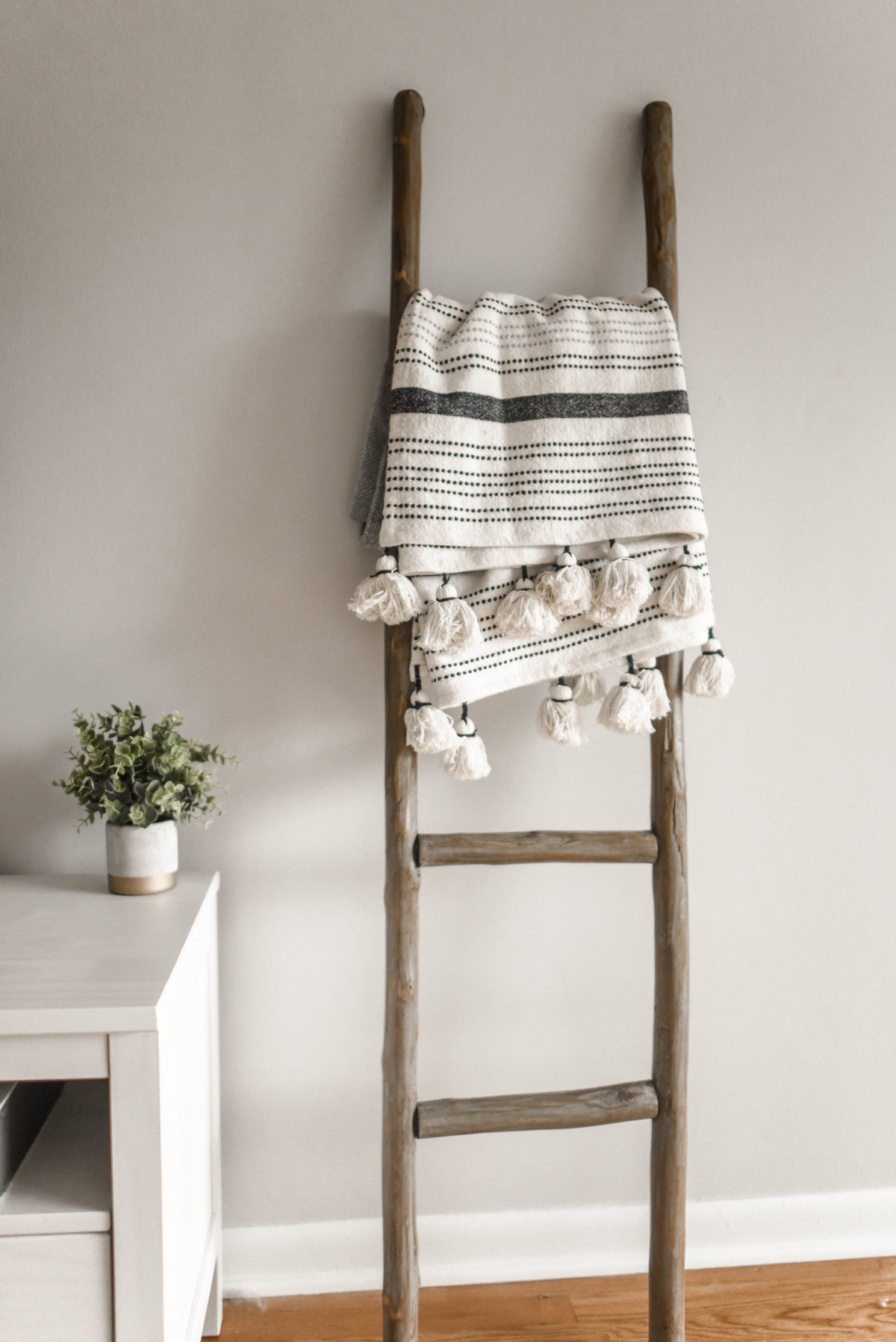
A simple rule of thumb:
- Natural Fibers (Wool, Cotton, Down): These materials are alive, in a sense. They come from plants and animals, and they absolutely need to breathe. Airflow isn’t a suggestion; it’s a requirement. Sealing them in an airtight plastic container is one of the worst things you can do. It traps ambient moisture, creating a perfect little petri dish for mildew.
- Synthetic Fibers (Polyester, Fleece, Acrylic): These are basically plastics. They’re tougher and less fussy. They don’t attract moths and aren’t as prone to moisture damage. Because of this, they can sometimes handle compression in a vacuum bag, but they’re not invincible. High heat in an attic can still make them brittle or even melt them over time.
Seriously, understanding this one difference will guide every other choice you make.
Prep Work: The Most Important Step You’re Probably Skipping
You wouldn’t put away dirty dishes, right? Same logic applies here. Storing a dirty blanket—even one that just looks clean—is asking for trouble. Invisible body oils, tiny crumbs, and skin cells are a five-star buffet for pests like carpet beetles and moths. Always, always, always clean every single item before it goes into storage.
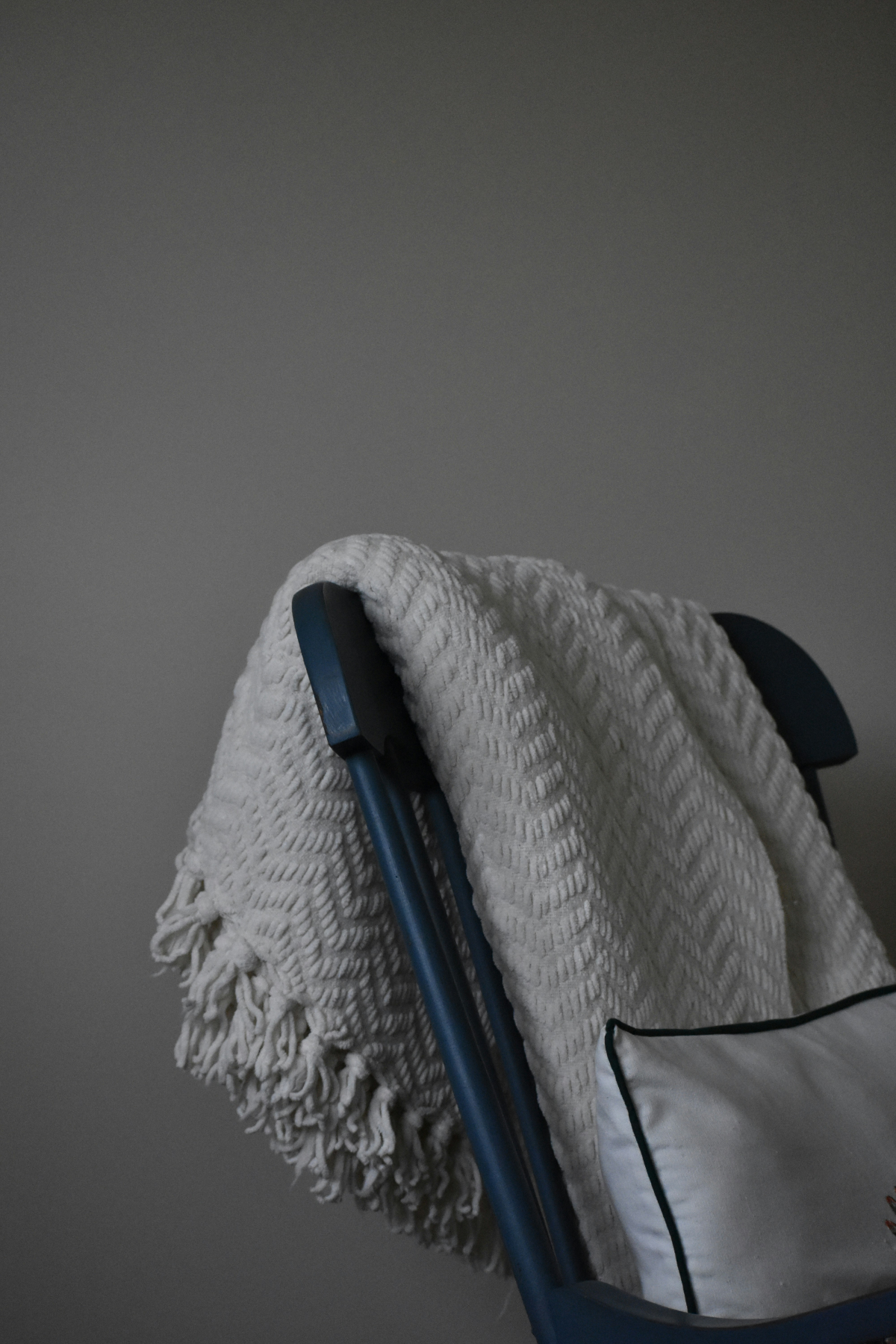
How to Clean and Dry Like a Pro
First, check the care label, but use your judgment. The label gives you the minimum standard, not necessarily the best practice for a long life.
- Washing: Go for a gentle, pH-neutral detergent, like Woolite or something similar. Harsh soaps can strip the natural oils from wool or fade colors. When in doubt, hand washing is safest, but a cold, gentle machine cycle works for most.
- Drying: High heat is the ultimate enemy. It shrinks wool, melts synthetics, and makes cotton brittle. Tumble dry on low or, even better, a no-heat setting. A quick tip: I always throw in a few wool dryer balls to fluff things up and cut down on drying time.
Heads up! For wool and down, you need to be 100% certain they are bone-dry before storing. I often let them air out for a full 24 hours after they feel dry to the touch. Even a tiny bit of trapped moisture can lead to a musty mess later.
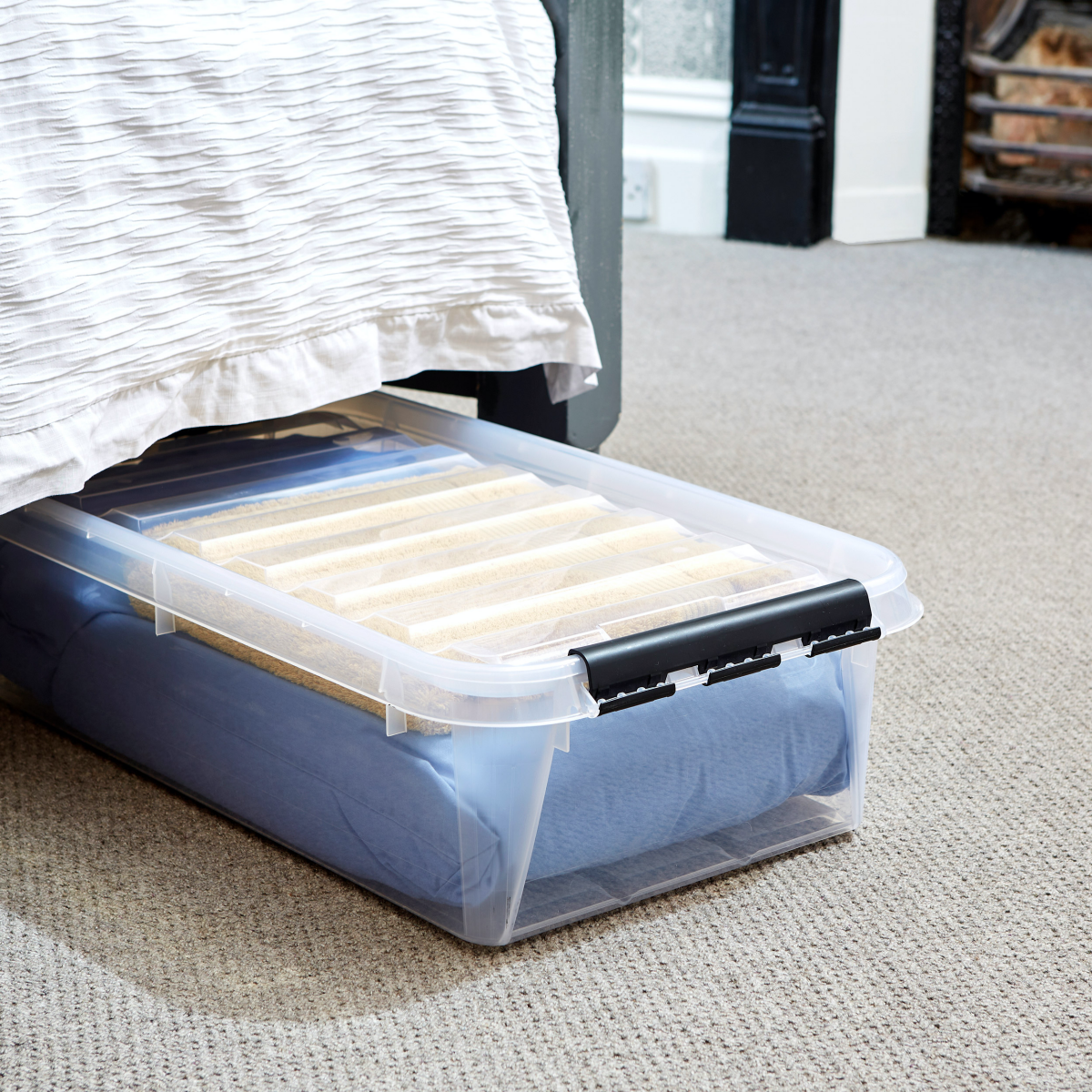
The Art of the Fold (or Roll)
Hard, sharp creases are stress points on fabric. Over months, that fold can become a permanent line of weakness. So, I almost never fold blankets into tight little squares.
- The Pro Roll: For most blankets, especially fluffy ones like fleece or wool, rolling is so much better. I fold the blanket lengthwise into thirds first (this avoids one hard crease down the middle), then roll it up firmly, but not so tight that it’s squished.
- For Precious Heirlooms: With a delicate quilt or a fine cashmere throw, the goal is the softest fold possible. You can actually use rolls of acid-free tissue paper (you can find this at art supply stores or online) as a cushion. Place a roll of tissue where the fold will be and gently fold the fabric over it. It creates a soft curve instead of a damaging crease.
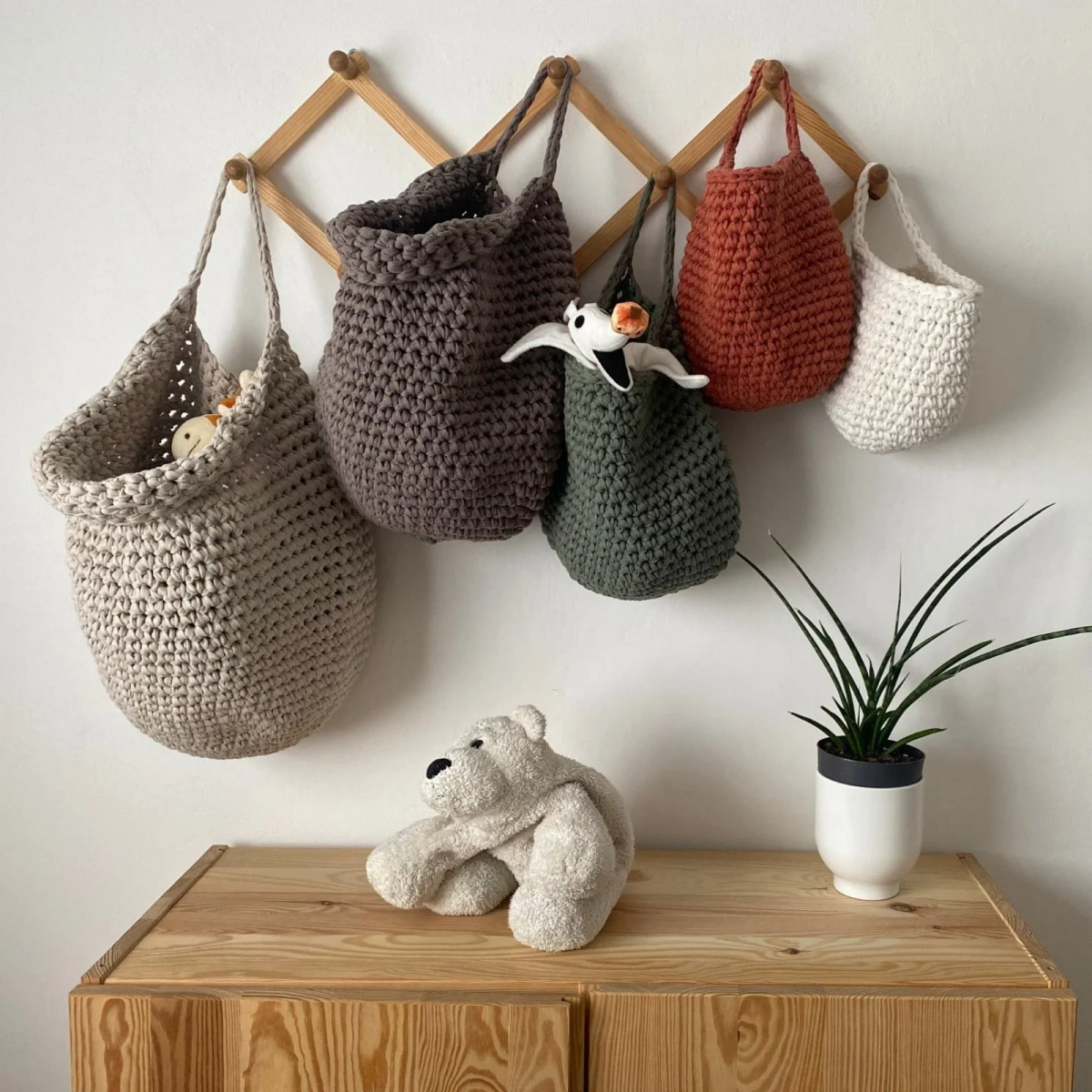
Everyday Storage: Solutions for the Blankets You Actually Use
For the throws you grab every week, you need easy access that doesn’t look messy. These solutions balance style with smart textile care.
Ladders Aren’t Just for Looks
A decorative ladder is great for using vertical space. But a word of caution: make sure the finish is perfectly smooth. A rough, splintery “rustic” ladder will snag and ruin your blankets. A sleek metal or finely sanded wood ladder is a much safer bet. Oh, and never place it in direct sunlight. The sun will bleach the color out of one side of your throw in a single season.
Baskets and Bins: Breathability is a Non-Negotiable
A basket is a classic for a reason, but the material matters. Wicker, seagrass, canvas, or fabric bins are fantastic because they let air circulate. Avoid solid plastic or metal bins for natural fibers; they’re moisture traps. If you love the look of a rustic wicker basket but worry about snags, here’s a trick I recommend: line it with a cheap, plain cotton pillowcase or a piece of muslin fabric. Problem solved.
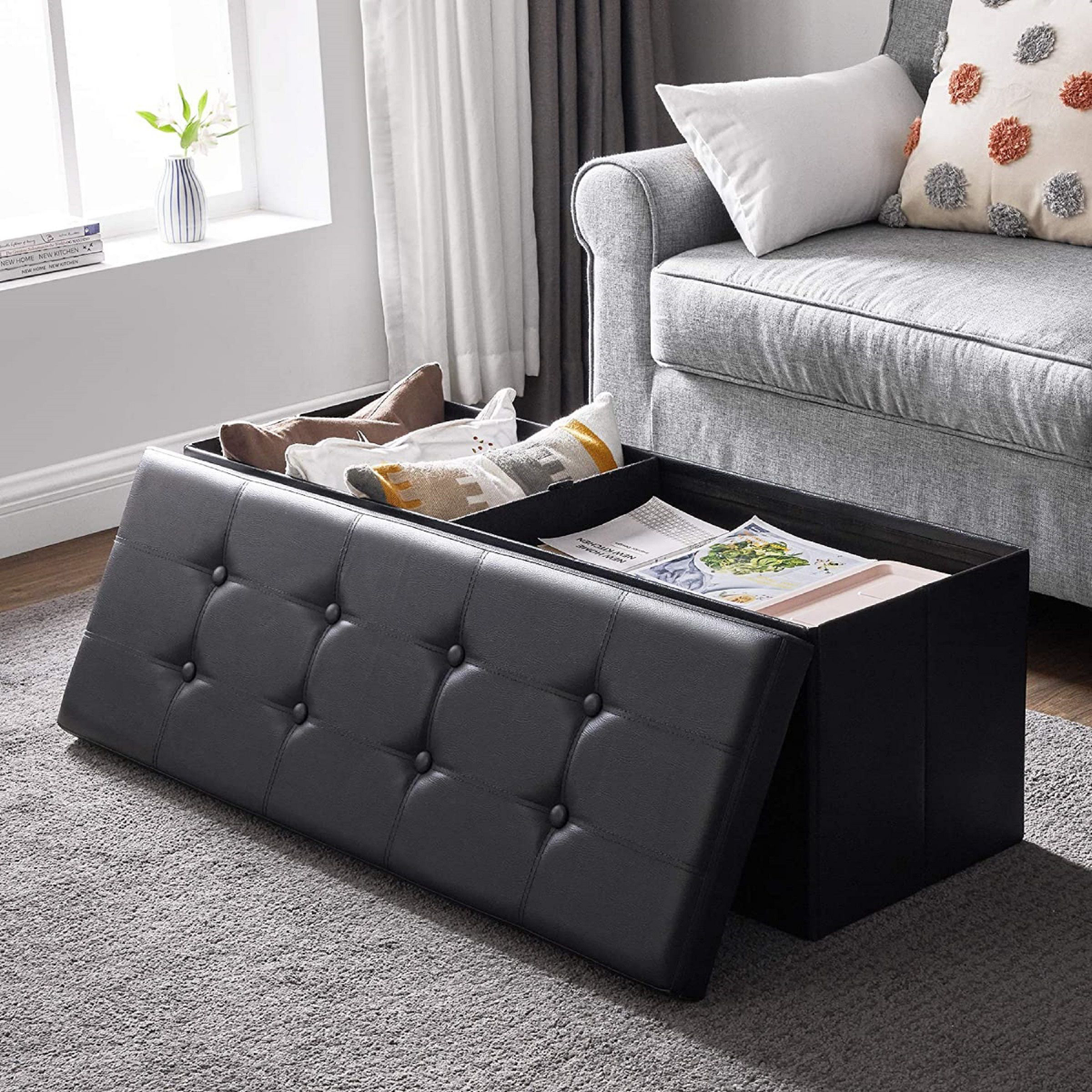
Storage Ottomans and Benches
These are workhorses, providing seating and storage in one. But many are just MDF boxes that suffocate fabric. Before buying, check for ventilation. The best ones have slats or vents. Got one that doesn’t? Here’s an easy DIY fix:
- Empty the ottoman completely.
- Using a standard drill with a 1/2-inch bit, drill 5-6 random holes in the bottom panel.
- That’s it! You’ve just given your blankets life-saving airflow.
By the way, the unfinished wood inside many chests can stain fabric over time. It’s always a good idea to line them with a clean cotton sheet or some acid-free paper to create a safe barrier.
Long-Term Storage: Protecting Your Blankets Through the Seasons
When you’re putting blankets away for months, the goal is protection from pests, light, and humidity. This is where professional methods really differ from common advice.
The Truth About Vacuum Storage Bags
I approach these with extreme caution. They save space, yes, but they can be a death sentence for good textiles. As I mentioned, they crush the loft of down and wool. The only time I’d ever suggest using one is for short-term storage (like during a move) of durable synthetic items like a cheap polyester comforter. Never, EVER use them for wool, down, cashmere, or any valuable quilt. It’s just not worth the risk.
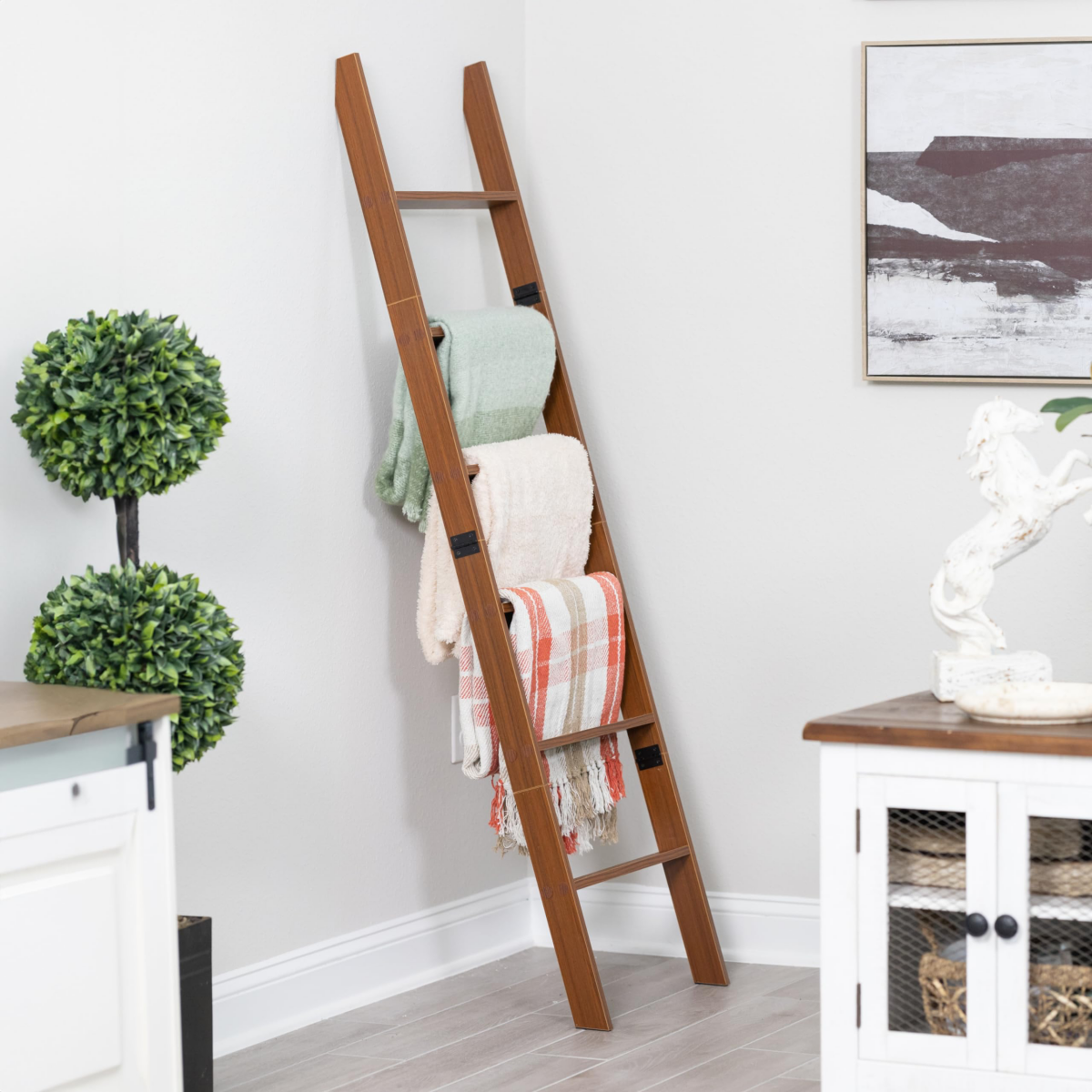
The Professional’s Choice: Breathable Storage
So what’s the alternative? Simple: a container that’s breathable, dark, and chemically stable.
- Good: High-quality zippered bags made from 100% cotton or canvas. They keep dust and bugs out while letting air flow. Perfect for a closet shelf or under the bed. A good one will run you about $15-$25.
- Best (for Heirlooms): For that priceless quilt from your grandmother, invest in an archival-quality, acid-free box. Expect to pay between $20 and $50 for a good-sized one from a place like The Container Store or a specialty art supplier online. It’s a small price to protect something irreplaceable.
Keeping Pests Away (The Safe Way)
First, let me be crystal clear: DO NOT USE MOTHBALLS. They are a solid pesticide, the fumes are toxic, and the smell is nearly impossible to get out of fabric. There are much safer and more pleasant alternatives.
- Cedar Blocks/Planks: Cedar works by releasing an aromatic oil that repels pests. It’s a deterrent, not a killer. The scent fades, so you need to lightly sand the wood once a year to keep it effective. Also, never let blankets touch the cedar directly, as the oil can stain.
- Herbal Sachets: Small cloth bags filled with dried lavender, rosemary, or mint are fantastic. For a large storage chest, I’ll toss in 3-4 sachets. For a smaller bag, one is plenty. They won’t kill anything, but they make the environment unpleasant for moths, and your blankets will smell lovely.
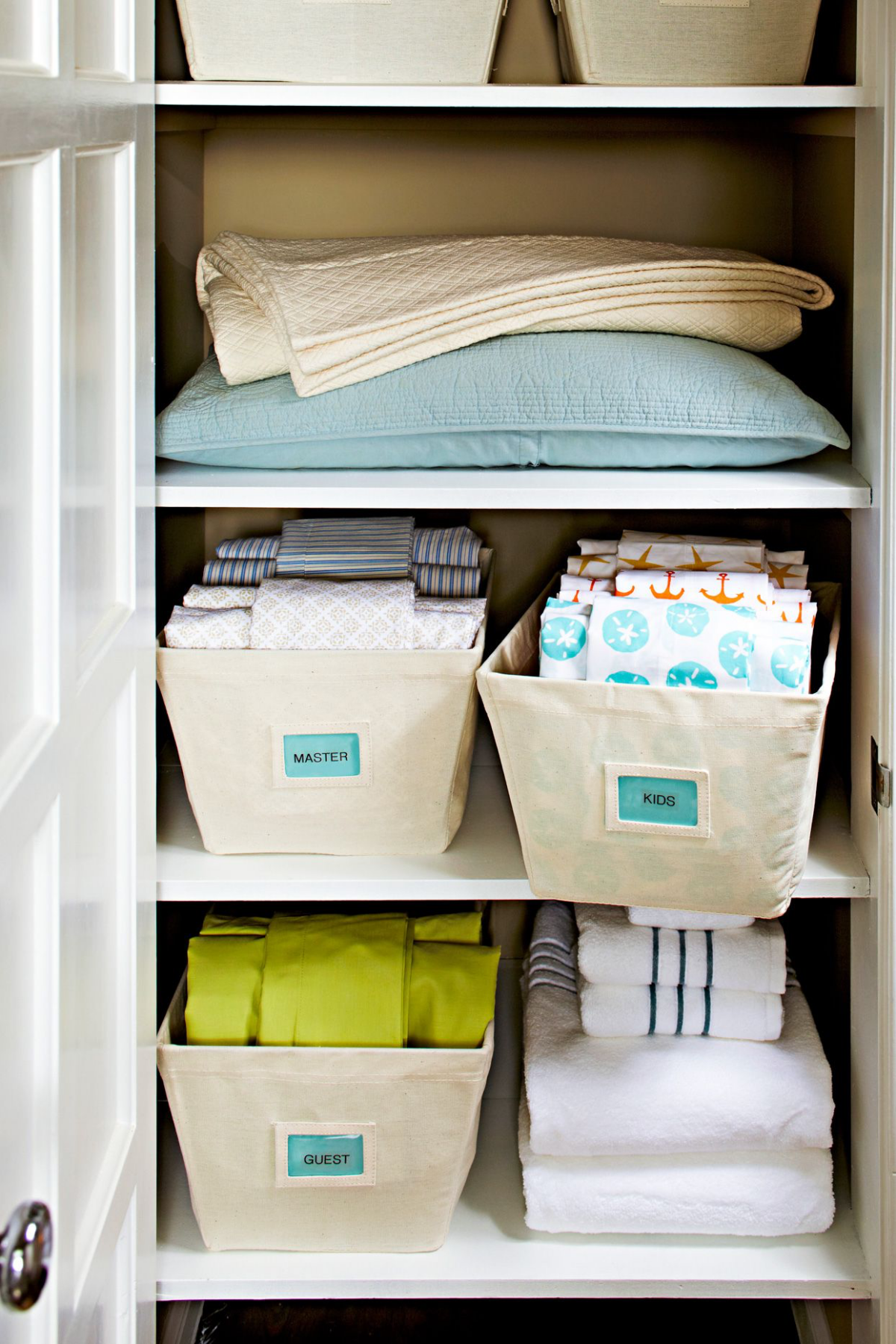
Quick-Fixes for Common Problems
Sometimes you inherit a blanket that wasn’t stored well, or your environment presents a unique challenge.
I once worked with a client in a coastal town who stored a beautiful handmade quilt in a sealed plastic bin in her basement. When we opened it… the smell of mildew was overwhelming. It took three professional cleanings to save it. That taught me a powerful lesson: in humid climates, airflow isn’t a suggestion, it’s the law. Never store textiles in a damp basement.
Rescuing a Musty Blanket: That dreaded mildewy smell means moisture got in. The best fix is to air it out on a dry, breezy, overcast day (direct sun can be too harsh). Live in an apartment with no outdoor space? No problem. Just drape the blanket over a couple of dining chairs in a low-traffic area for 24 hours. For washable items, adding a cup of white vinegar to the rinse cycle works wonders to neutralize odors.
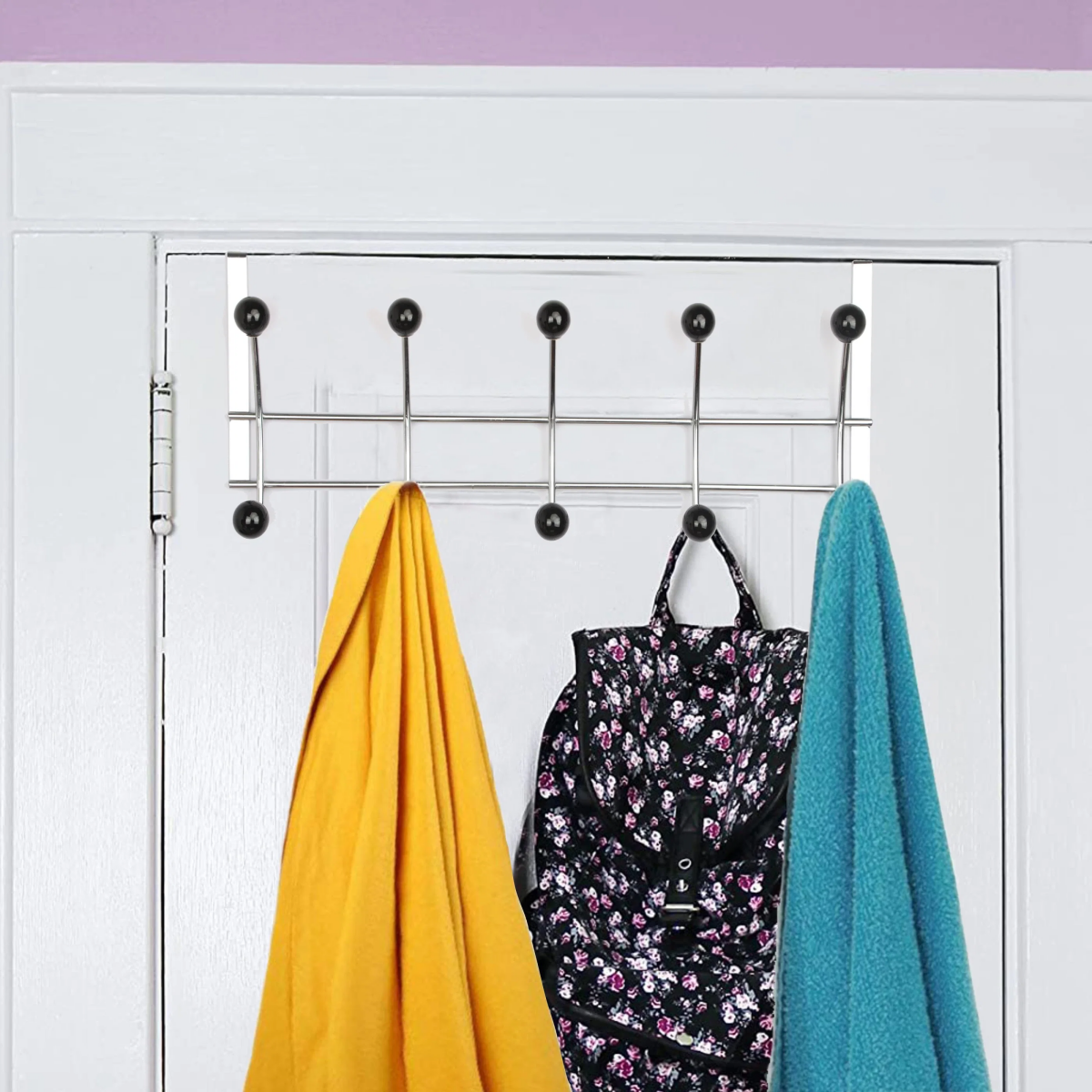
Pest Damage: If you find holes or the casings left by larvae, act fast. Isolate the blanket in a sealed bag immediately. For wool, an effective, chemical-free fix is freezing. Put the sealed item in a chest freezer for 72 hours, let it return to room temp for a day, and then freeze it again. This cycle kills both adult pests and any eggs that hatch later.
Feeling Overwhelmed? Just Do This.
I get it. This can seem like a lot. If you’re not sure where to start, here’s a quick-win you can do in the next 60 seconds.
Find your favorite wool or down blanket. If it’s currently stuffed in a plastic bin or its original packaging, take it out right now. Roll it loosely and slip it inside a clean, 100% cotton pillowcase. Store it on a closet shelf. Done. You just saved its fibers from suffocation and potential damage. It’s not a permanent solution, but it’s a thousand times better than plastic.
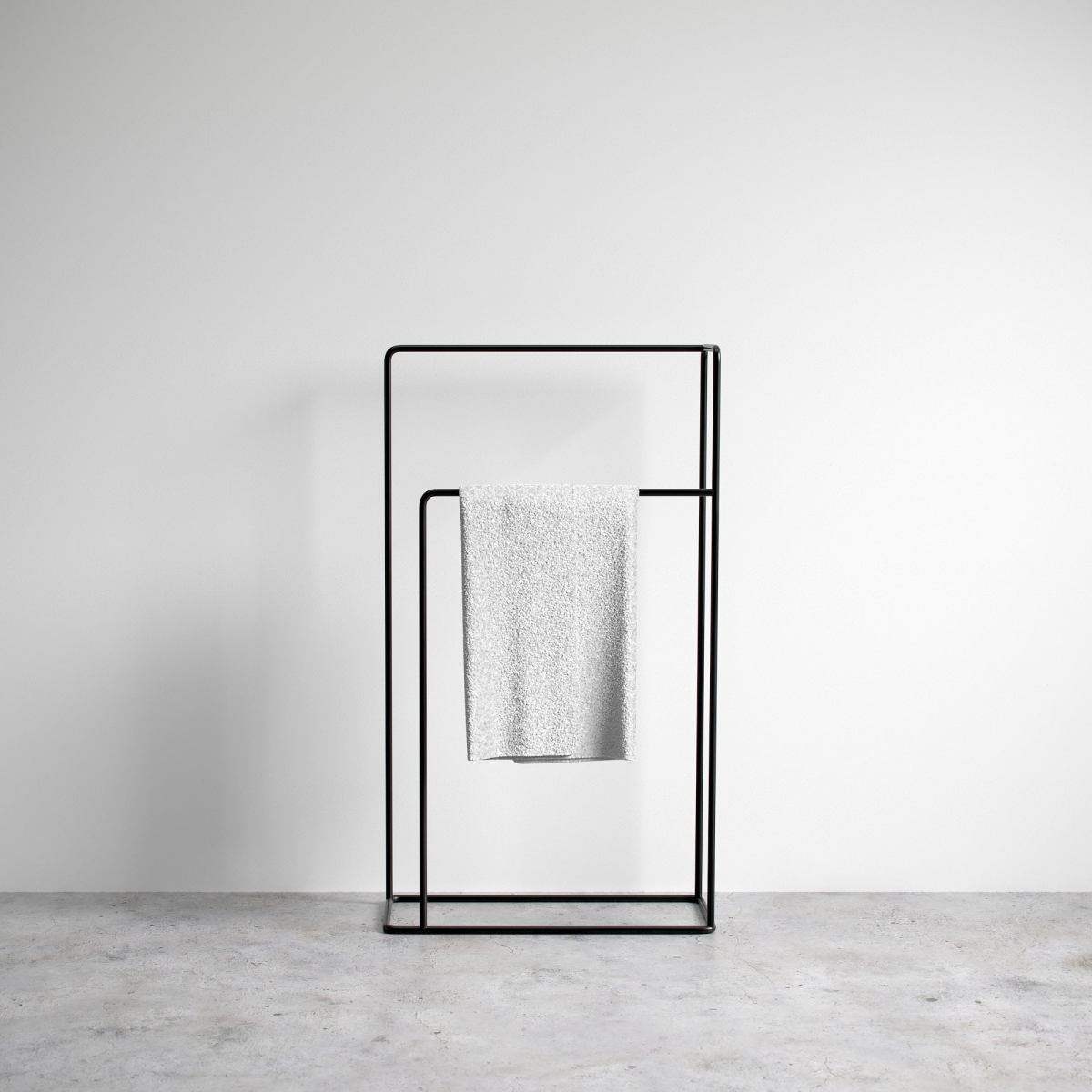
Ultimately, taking care of your blankets comes down to a few simple principles: clean them first, let them breathe, don’t crush them, keep them out of the light, and use safe pest deterrents. It’s a small bit of effort that ensures the comfort and warmth they provide will last for years to come.
Galerie d’inspiration
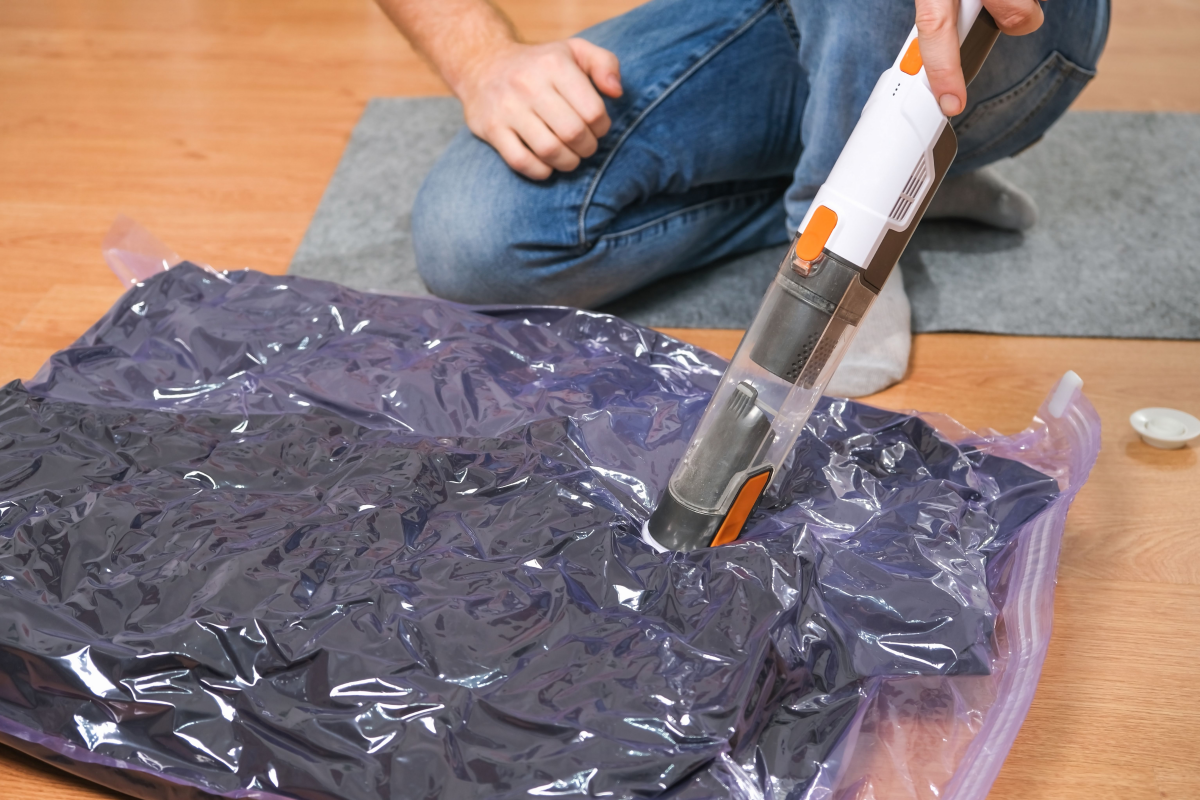

How can I store blankets if my closet is already full?
Think beyond the closet and integrate storage into your living space. A handsome lidded ottoman at the foot of the bed or a vintage cedar chest used as a coffee table are brilliant dual-purpose solutions. For natural fibers like wool and cotton, a large, breathable woven basket from a brand like The Container Store or West Elm works well, allowing for crucial air circulation while keeping throws tidy and accessible. The key is to choose storage that complements your decor, turning a practical need into a stylistic choice.
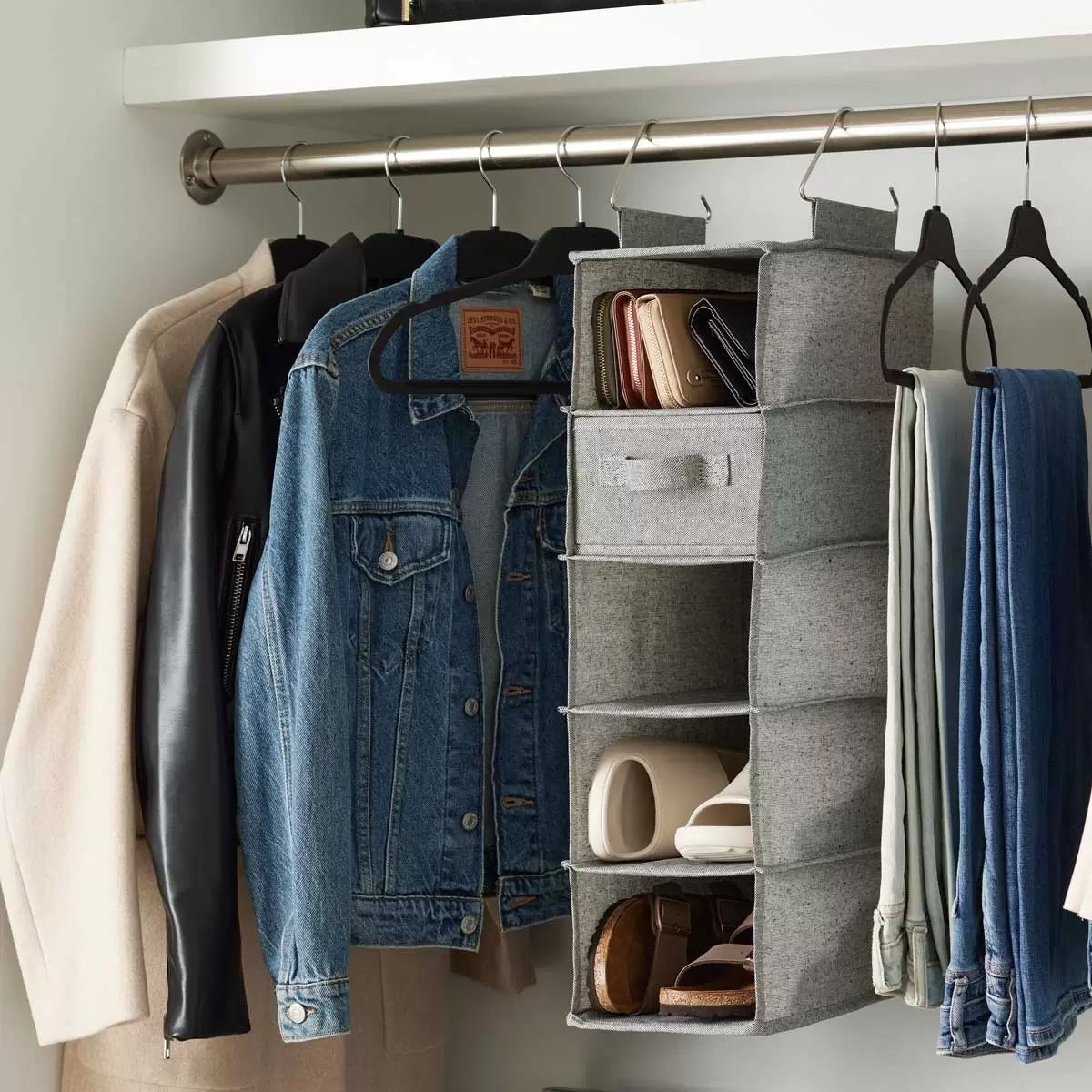

- Adds a pop of color and texture to a room.
- Keeps your most-used throws easily accessible.
- Prevents creases from long-term folding.
The secret? A decorative ladder. Leaning a simple wooden or metal ladder against a wall is a stylish way to display your favorite blankets. It’s the perfect solution for throws that are in constant rotation, turning them from potential clutter into a part of your home’s aesthetic.
For heirloom quilts or delicate cashmere: Use archival, acid-free tissue paper to soften folds and buffer the fibers. Store in a breathable, archival-quality box, avoiding plastic which can trap moisture and cause yellowing.
For sturdy synthetic fleece: These can handle compression. A space-saving vacuum bag like those from Ziploc or SpaceSaver is a great option for maximizing closet space, especially for bulky comforters you only use seasonally.










